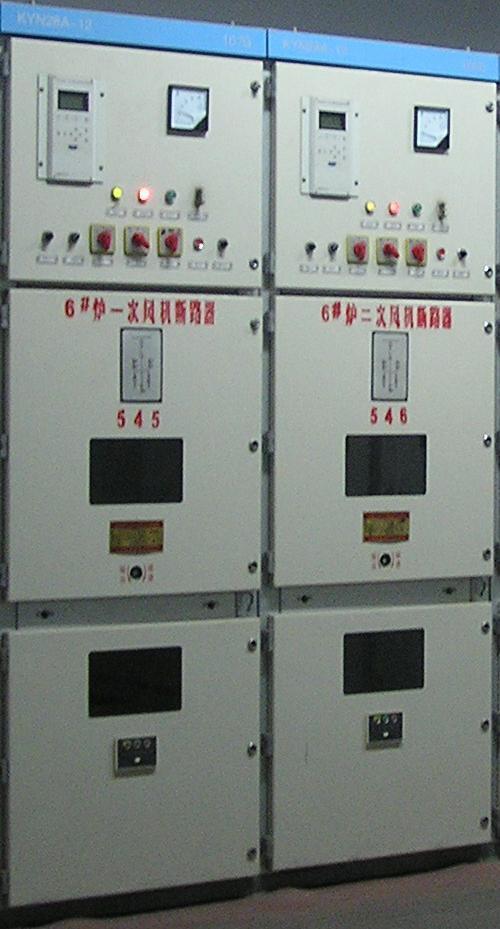Enhancing Electrical Cabinet Security with Integrated Seal Locks and Handles
In the ever-evolving landscape of electrical systems, ensuring the safety and security of cabinets is paramount. The integration of seal locks and handles in cabinet design not only enhances their functionality but also plays a vital role in safeguarding sensitive equipment and data. This innovative approach to cabinet management is revolutionizing the way we manage electrical infrastructure.
Seal locks, often made of high-strength materials like stainless steel, provide an extra layer of protection by preventing unauthorized access. They ensure that cabinets remain securely closed when not in use, preventing dust ingress, environmental damage, or potential tampering. These locks can be electronically controlled, adding an additional layer of security in environments where key-card access or biometric authentication is required.
Handles, on the other hand, serve dual purposes – facilitating easy access during maintenance and operation while maintaining the integrity of the lock system. Ergonomically designed handles allow for smooth opening and closing, reducing strain on operators. Some advanced models even feature self-locking mechanisms that engage automatically once the cabinet door is closed, reinforcing the seal.
The integration of these two elements is crucial. Seamless integration ensures that there are no gaps or weak points that could compromise the overall security. It streamlines the user experience, eliminating the need for separate keys or complex systems. Furthermore, it allows for remote monitoring and control options, enabling facility managers to track cabinet status and receive alerts in case of any unusual activity.
In industries such as power plants, data centers, and telecommunications, the implementation of integrated seal locks and handles has become a standard practice. It contributes significantly to the reliability of operations, reduces downtime due to accidental exposure, and meets regulatory compliance requirements.
In conclusion, integrating seal locks and handles into electrical cabinet solutions is a forward -thinking strategy that combines practicality with robust security measures. As technology continues to advance, so should our approaches to protecting critical assets. By embracing this integration, we create a safer, more efficient, and secure environment for managing electrical systems.
-thinking strategy that combines practicality with robust security measures. As technology continues to advance, so should our approaches to protecting critical assets. By embracing this integration, we create a safer, more efficient, and secure environment for managing electrical systems.